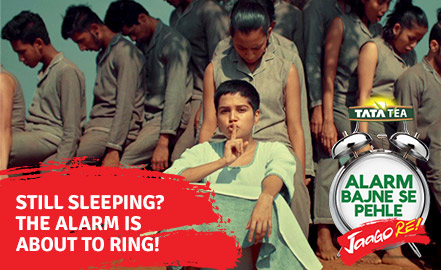Are big cities in India prepared for natural disasters?

After the earthquake that shattered parts of India and Nepal, concerns on disaster and safety are echoing across the sub-continent.
How prepared is India if a disaster of the same magnitude were to strike us? Let’s take a look at some of the major cities in India and their mechanisms in place to defend ourselves against natural calamities:
Bangalore
The garden city with a rapidly growing population of 10,839,725 is relatively less prone to disaster. According to research, it is in seismic zone 2 (least active) but is slowly moving into zone 3 (moderate activity) owing to ‘land use pattern’ and increase in population. Though, 80% of Karnataka is drought prone, Bangalore enjoys a good water supply because of the Cauvery River and the year round rainfall.
Apart from NDMA (National Disaster Management Authority) there is KSDMA (Karnataka State Disaster Management Authority) and KSNDMC (Karnataka State Natural Disaster Monitoring Centre) that handle issues related to disaster preparedness and disaster management.
The KSDMA under the Chief Minister
- Assess the vulnerabilities of each area in the state and help provide possible measures.
- Generate awareness on the hazards among various institutions.
- Provide ‘forecasting, early warning, advisories and preparedness in management of natural disasters.’
Chennai
The Southernmost Metropolitan City with its population of 9,121,477 is in seismic zone 3 (moderate activity). The city has already witnessed a devastating Tsunami in 2006, post which the state set up the Tsunami Rehabilitation Programme. Chennai is also constantly threatened by Cyclones. What is the government doing to safeguard the coastal city?
It has the CDMM (Centre for Disaster Mitigation Management) managed by Anna University in collaboration with state government, apart from which there is a local branch of the NDMA. Though there is the Tamil Nadu State Disaster Management Authority, the plan which was formulated way back in 2003.
The CDMM researches on the various impending natural disasters whereas the NDMA helps the state in policy, planning and capacity building.

Delhi
The capital city with a population of 18,248,290 houses the headquarters of NDMA. Delhi being in seismic zone 4 (high activity) is one of India’s most vulnerable metropolitan cities when it comes to earthquakes. Being in such a volatile location, the city also has the DDMA (Delhi Disaster Management Authority) which makes sure the city has no imminent threat.
The DDMA
- Equips each locality to use funds allocated for disaster management activities
- It trains search and rescue teams, police and fire personnel to handle situations of disaster
- Chalks out plans to prepare against disasters.
Hyderabad
Two years back, a newspaper article had criticised the city with its population of 11, 48,741 for lacking a CDMP (City Disaster Management Plan). While the city is in seismic zone 2(least activity), it is prone to floods and cyclones, having recently seen a spate of the same.
Apart from the local chapter of NDMA, Hyderabad still lacks a proper city disaster plan.
Kolkata
The Eastern city lies in seismic zone 3 (moderate activity). With a population of 44, 86,679 the city houses the West Bengal Disaster Management Department. Though the city has no plan in place, WBMD has laid out plans for the entire state to prevent and provide relief against and during any natural disasters which compensate for it.
The WBDMD-
- Arranges for crisis management during natural calamities
- Prepares disaster management plans for all tiers in the State
Mumbai
The island city with its 12,772,094 population sees its share of flooding due to poor infrastructure and heavy rainfall every year. Falling in seismic zone 3 (moderate activity) the city is at high risk owing to the haphazard city plan. Though the city has a disaster wing under the Municipal Corporation of greater Mumbai the city’s haphazard planning proves to be a major threat during any disaster.
The Greater Mumbai Disaster Management Action Plan formulated in 2007 lays out-
- Different areas and their vulnerabilities in Mumbai
- The various mitigation and preparedness strategies
- Responsibilities of different forces during any calamity
Recent disasters like the Nepal earthquake and the flood in Kashmir have reminded us the need to be prepared for disasters and our cities being the most populous regions in the country are usually at high risk. However, as we see above, many cities still do not have adequate mechanisms or plans to deal with these situations. It’s about time we as citizen urged the authorities to take disaster preparedness more seriously, don’t you think?
Sources
NDMA
Indiaonlinepages
KSDMA
CDMM
DDMA
WBMD
GMDMA
Share this story on





